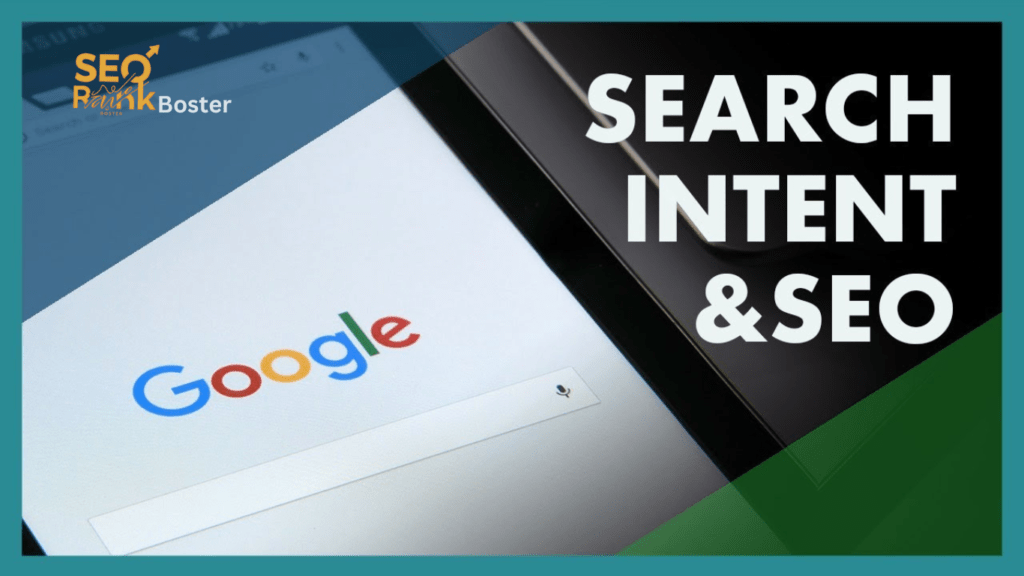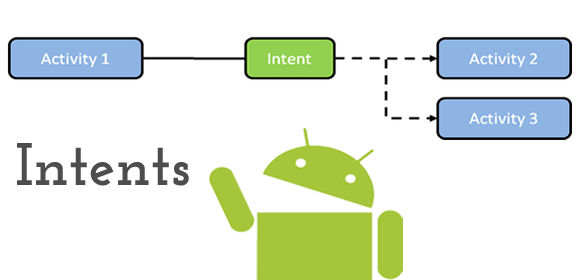Table of Contents
ToggleSearch Engine Optimization (SEO) revolves around understanding user intent. Knowing why a user conducts a search is critical to aligning content strategies, improving rankings, and driving meaningful engagement. In this article, we’ll explore the types of intent in SEO, discuss their importance, and provide actionable insights to optimize for them.
What Is Search Intent?
Search intent, or user intent, is the purpose behind a search query. It answers the question: What does the user hope to achieve by performing this search?
Google and other search engines aim to match users with the most relevant results. That’s why understanding and optimizing for search intent is crucial for SEO success.
How Many Types of Intent Are There in SEO?
SEO professionals commonly categorize intent into four main types. However, advanced research reveals a growing emphasis on subtypes and hybrid intents. Below is a breakdown of the key categories:
1. Informational Intent
Focus: Users are looking for knowledge or answers.
Characteristics:
- Common keywords: what, how, why, guide, tutorial.
- Examples: “How to bake a cake,” “What is SEO?”
- Goal: Provide clear, authoritative, and actionable information.
Optimization Tips:
- Write in-depth blog posts or how-to guides.
- Use FAQs and structured data for better visibility.
- Add visual aids like videos, infographics, or charts.
2. Navigational Intent
Focus: Users want to reach a specific website or page.
Characteristics:
- Keywords often include brand names or specific products.
- Examples: “Facebook login,” “Nike shoes official site.”
- Goal: Ensure your website ranks for branded terms.
Optimization Tips:
- Create dedicated landing pages for popular queries.
- Optimize meta descriptions with branded keywords.
- Ensure your site is easy to navigate for returning visitors.
3. Transactional Intent
Focus: Users are ready to take an action, such as making a purchase.
Characteristics:
- Keywords include: buy, discount, deals, near me.
- Examples: “Buy iPhone 15 online,” “best pizza near me.”
- Goal: Facilitate the user’s action with conversion-focused content.
Optimization Tips:
- Include call-to-action (CTA) buttons prominently.
- Use structured data for rich snippets like star ratings and pricing.
- Ensure your site is mobile-friendly and loads quickly.
4. Commercial Investigation Intent
Focus: Users are researching before making a purchase decision.
Characteristics:
- Keywords: best, top, comparison, reviews, vs.
- Examples: “Best laptops under $1,000,” “AirPods vs. Galaxy Buds.”
- Goal: Provide comparative and review content to influence decisions.
Optimization Tips:
- Publish comparison articles and buying guides.
- Highlight unique selling points of your products/services.
- Encourage user reviews and testimonials.
Emerging Types of Intent
Search intent is evolving with new user behaviors and technological advancements. Here are some additional types gaining traction:
5. Local Intent
Focus: Users want results relevant to their location.
- Example: “Best coffee shops near me,” “car repair in Los Angeles.”
6. Multimedia Intent
Focus: Users are looking for images, videos, or other media.
- Example: “Funny cat videos,” “royalty-free stock photos.”
7. Hybrid Intent
Focus: Users have multiple goals within a single search.
- Example: “Best laptop reviews 2024 and where to buy.”
Why Is Understanding Search Intent Crucial for SEO?
- Better Rankings: Google prioritizes content that aligns with user intent.
- Improved Engagement: Matching intent keeps users on your site longer.
- Higher Conversions: Optimized content turns visitors into customers.
How to Identify User Intent?
1. Analyze Keywords
Look for clues in the phrasing, such as:
- Informational: “How to,” “guide,” “benefits of.”
- Transactional: “Buy,” “cheap,” “discount.”
2. Study SERP Features
Google’s search results can hint at intent. For example:
- FAQs indicate informational intent.
- Product ads signal transactional intent.
3. Use Analytics Tools
Platforms like Google Search Console and SEMrush can reveal keyword performance and intent.
FAQs About Search Intent
1. How Many Types of Search Intent Are There in SEO?
There are four primary types: Informational, Navigational, Transactional, and Commercial Investigation. Additional intents include Local, Multimedia, and Hybrid.
2. How Does Google Determine Search Intent?
Google uses algorithms to analyze keyword phrasing, past user behavior, and content engagement metrics to match intent with relevant results.
3. Can a Single Keyword Have Multiple Intents?
Yes. For example, “iPhone 15” could be navigational (Apple’s site), informational (specifications), or transactional (purchase options).
4. How Can I Optimize Content for Multiple Intents?
- Use pillar pages for broad topics.
- Add internal links to direct users to specific subtopics.
- Use schema markup for richer SERP features.
5. Is Search Intent Important for Local SEO?
Absolutely! Local intent drives high-conversion traffic for businesses like restaurants, repair services, and retail stores.
6. What Are Common Mistakes in Optimizing for Search Intent?
- Targeting the wrong intent.
- Ignoring mobile usability.
- Overlooking user experience (UX).
Conclusion
Search intent is the cornerstone of modern SEO. By understanding how many types of intent there are in SEO, you can craft content that resonates with users, aligns with their goals, and improves your site’s visibility. Focus on delivering value, stay adaptable, and watch your rankings soar.


